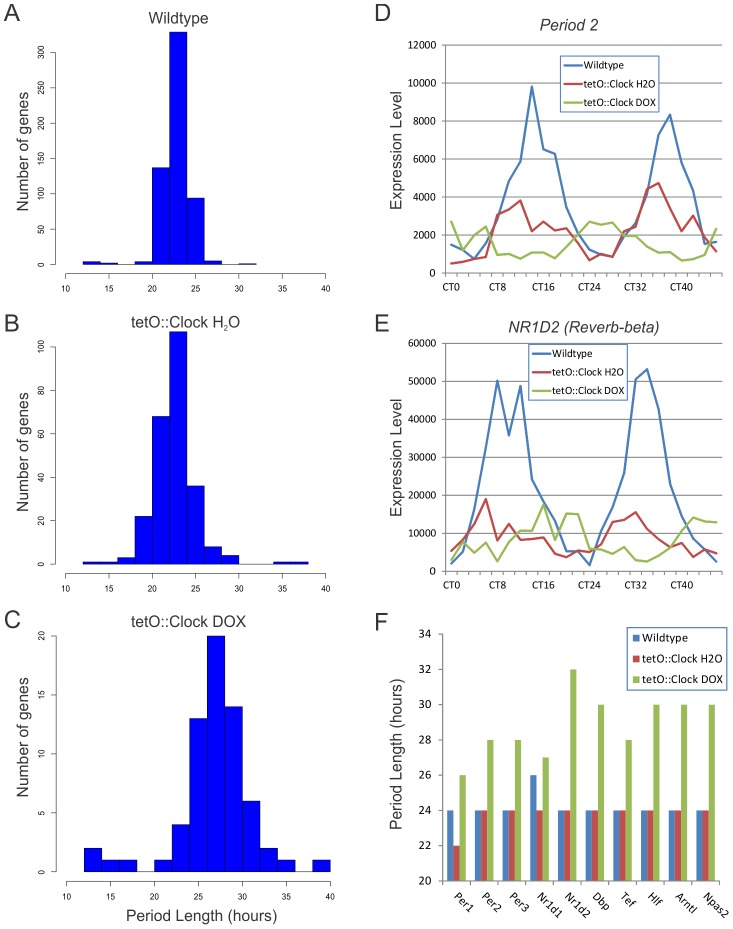Figure 3. Clock-rescue restores ∼24-hour transcriptional rhythms.
Panels A–C show histograms of the period lengths of cycling genes in wildtype (A), Clock-rescue (B) and Clock-mutant (C) livers (p<0.0011 for each genotype/treatment, corresponding to a q<0.05 in wildtype). Clock-mutant mice have long transcriptional rhythms with periods approximating their behavioral rhythms (mean period = 27.6+/−4.5 h), while wildtype and Clock-rescue animals have period lengths of approximately 24-hours (23.7+/−1.7 h and 23.6+/−2.6 h, respectively). Note that the difference in y-axis scales reflects the overall level of rhythmic transcriptional output in these mice. Two components of the core circadian clock, Per2 (D) and Nr1d2 (E), illustrate the long-period phenotype of the Clock-mutant mice. This effect is seen in most core clock genes as well as key circadian output genes (F). Additional examples are shown in Figure S1. The apparent phase difference in Clock-mutant mice compared to wildtype/Clock-rescue mice is believed to be a consequence of their free-running period length phenotype.

